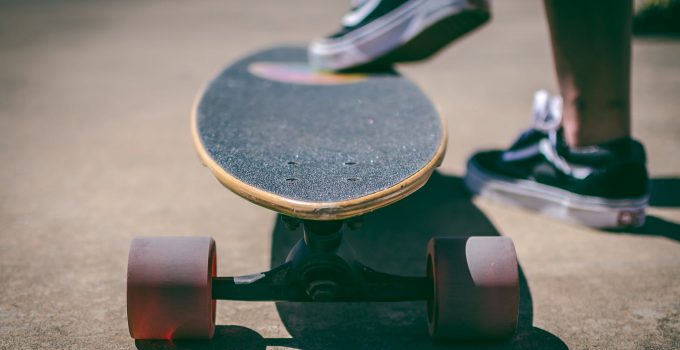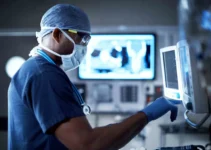Many teenagers and children enjoy skateboarding as a recreational activity. While skateboarding can be fun, people who ride on skateboards also have a higher risk of suffering injuries. Each year, an estimated 70,000 people are injured while skateboarding and have to go to the hospital for treatment. Some people do not go to the doctor for treatment after being injured in skateboarding accidents. Untreated injuries can heal improperly and cause further issues later. Both children and parents can do several things to prevent skateboarding accidents and injuries, including wearing helmets and other protective gear and choosing safe locations to ride. Here are five of the most common types of skateboarding injuries and ways you can try to prevent them.
Traumatic brain injuries and other head injuries
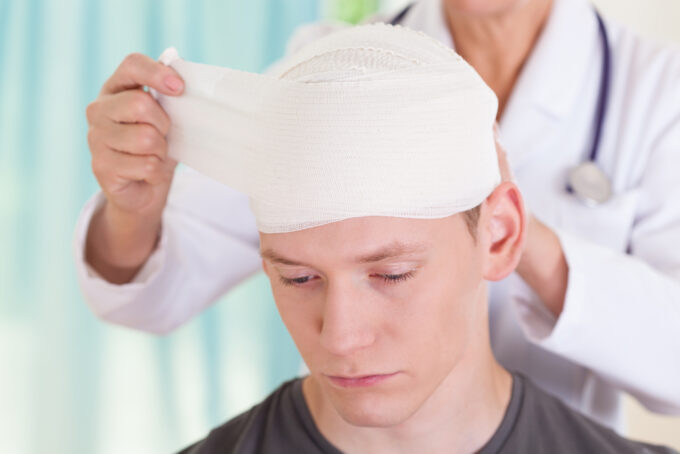
Source: hhjtrialattorneys.com
Children under the age of 10 have the greatest risk of suffering head injuries and traumatic brain injuries when they ride on skateboards. These injuries account for 20% of all of the types of injuries people suffer while skateboarding. A traumatic brain injury is a closed head injury that happens when a person’s brain bounces back and forth and impacts the bones of the skull. TBIs occur when there is a sudden impact or movement to the head and might happen when a skateboarder falls from the board and hits his or her head on the ground. Traumatic brain injuries can cause chemical changes to occur in the brain and damage some of the brain cells. Some of the symptoms of a traumatic brain injury include the following:
- Difficulty concentrating
- Thinking problems
- Vomiting
- Nausea
- Dizziness
- Blurred vision
- Trouble remembering
- Noise or light sensitivity
- Balance problems
- Tiredness
- Lack of energy
- Irritability
- Seizures
- Unconsciousness
If a skateboarding accident victim shows any of these symptoms, he or she should be taken to the hospital immediately. Prompt medical care can help to prevent further damage and aid in the recovery process.
Wrist fractures

Source: healthline.com
Wrist fractures are one of the most common types of skateboarding injuries. When children first learn to ride on skateboards, they do not have good balance and can easily fall off their skateboards. Instinctually, people tend to put their hands and arms out when they lose their balance to break their falls. This can result in wrist injuries and fractures. Wrist fractures account for 19% of injuries in skateboarding accidents that require visits to the emergency department. While wrist fractures are more common among new skateboarders, even professional skateboarders sometimes fall and break their wrists. Some of the symptoms of a wrist fracture include the following:
- Swelling
- Severe pain that worsens when people try to move their wrist or hand
- Bruising
- Tenderness
- Obvious deformities
A wrist fracture will necessitate a visit to the hospital. The doctor might have to perform surgery on the wrist or place a cast on it to help it heal properly.
Long bone fractures
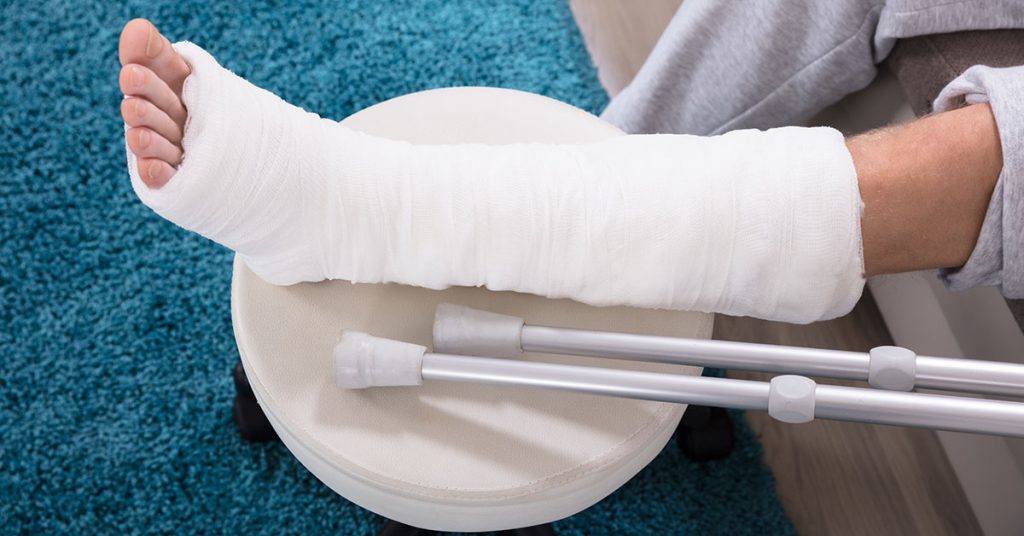
Source: southshoreorthopedics.com
Fractures to the femur bone in the leg are not quite as common but still occasionally happen in skateboarding accidents. Femur fractures can be debilitating and leave people having to wear casts for months. A fracture of the femoral shaft will likely require surgery. Femur fractures cause immediate, severe pain. The affected leg might appear deformed or shorter than the other leg.
Some people who suffer femur fractures may have long-term consequences, including balance problems and injuries to the nerves and blood vessels from jagged pieces of bone. It can take up to six months for a femur fracture to completely heal, and people will likely need to undergo physical therapy to regain muscle mass that has atrophied.
Ankle fractures and injuries

Source: autoaccident.com
Ankle injuries, including fractures and sprains, are very common types of skateboarding injuries. Injuries to the ankle account for 11% of skateboarding injuries that cause people to go to the hospital. People might sprain their ankles when they step off of a skateboard and their foot rolls to the side. Others might suffer ankle sprains or fractures when they jump down a flight of stairs on their skateboards because of the impact at the bottom.
Some of the symptoms of a sprained ankle include the following:
- Popping sound at the time of the injury
- Swelling
- Bruising
- Pain
- Reduced range of motion
An ankle fracture might include a break to one or more of the three bones that make up the ankle. Skateboarders can also suffer stress fractures to the ankle caused by repeated impacts over time. Ankle fractures cause swelling, pain, and bruising around the joint that can spread up into the leg. Since ankle fractures and sprains might have similar symptoms, it is a good idea to get checked out by a doctor when you suffer an ankle injury while skateboarding. The doctor can x-ray your ankle to determine which type of injury you have suffered and provide the appropriate treatment.
Facial injuries
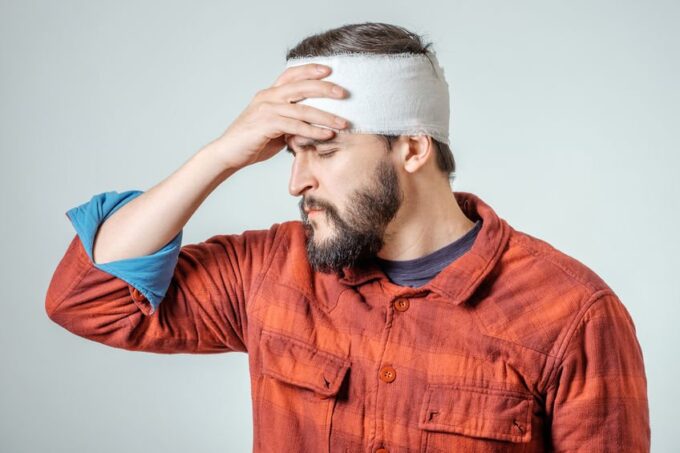
Source: lernerandrowe.com
Facial injuries are also common in skateboarding accidents. These injuries can happen when people fall off of their boards or while they are performing tricks and hit their faces with their boards. Some of the common types of facial injuries that can happen include nose fractures, cheek fractures, lacerations, and broken teeth. Some of these injuries might leave the victims with permanent scars and disfigurement. Facial injuries are normally obvious and should prompt a visit to the doctor.
Preventing skateboarding injuries
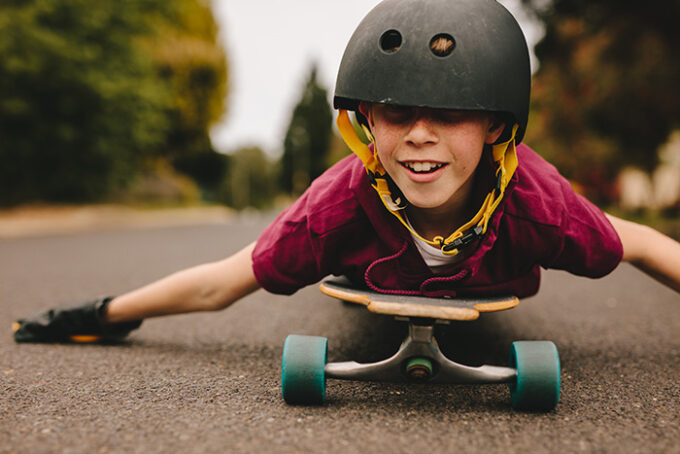
Source: umiamihealth.org
There are several things that parents and children can do to prevent skateboarding accidents and injuries. Children under the age of five should not be allowed to ride on skateboards. They do not have good balance and have a higher center of gravity, making it likelier for them to fall from their skateboards and be injured.
Parents should always make their children wear proper safety gear whenever they go out to ride on their skateboards. The gear should include a properly fitted helmet, wrist guards, shin guards, ankle guards, and knee and elbow pads. Teens and adults should also wear proper safety gear whenever they go skateboarding.
People should not ride their skateboards on the street. Skateboarders are much likelier to die in a skateboarding accident with a car than they are when riding in a skatepark. Parents should take their children to a skatepark when they want to go skateboarding, and teens and adults should also avoid riding skateboards on the sidewalks or streets. Riding a skateboard on the sidewalk could cause the rider to collide with a pedestrian and injure them both.
Skateboarders should take time to learn how to ride safely. People who are new to skateboarding should not try tricks before they have developed good balance and are ready. Starting out slowly can help new skateboarders to develop the skills that they need to try more difficult things on their skateboards.
While skateboarding can be a fun way to get exercise and to socialize with friends, it is important to follow these safety measures to reduce your chances of suffering serious injuries in an accident. If you do fall from your board and suffer injuries, you should see a doctor for help as soon as possible. Getting prompt medical care can help you to recover faster and prevent your injuries from worsening or healing improperly. When the injuries happened in an accident that was caused by someone else, people might also want to consider filing a claim with the auto accident insurance carrier for the driver at fault. According to Los Angeles skateboarding advocate and injury lawyer, Steven M. Sweat, “When a person riding a skateboard gets hit by a car, often the assumption is that the skateboarder is at fault but, this is not the case in many if not most instances.” Depending upon what state you live in, hiring a lawyer familiar with skateboard accident claims can help pay for medical expenses and additional compensation for pain and suffering.

